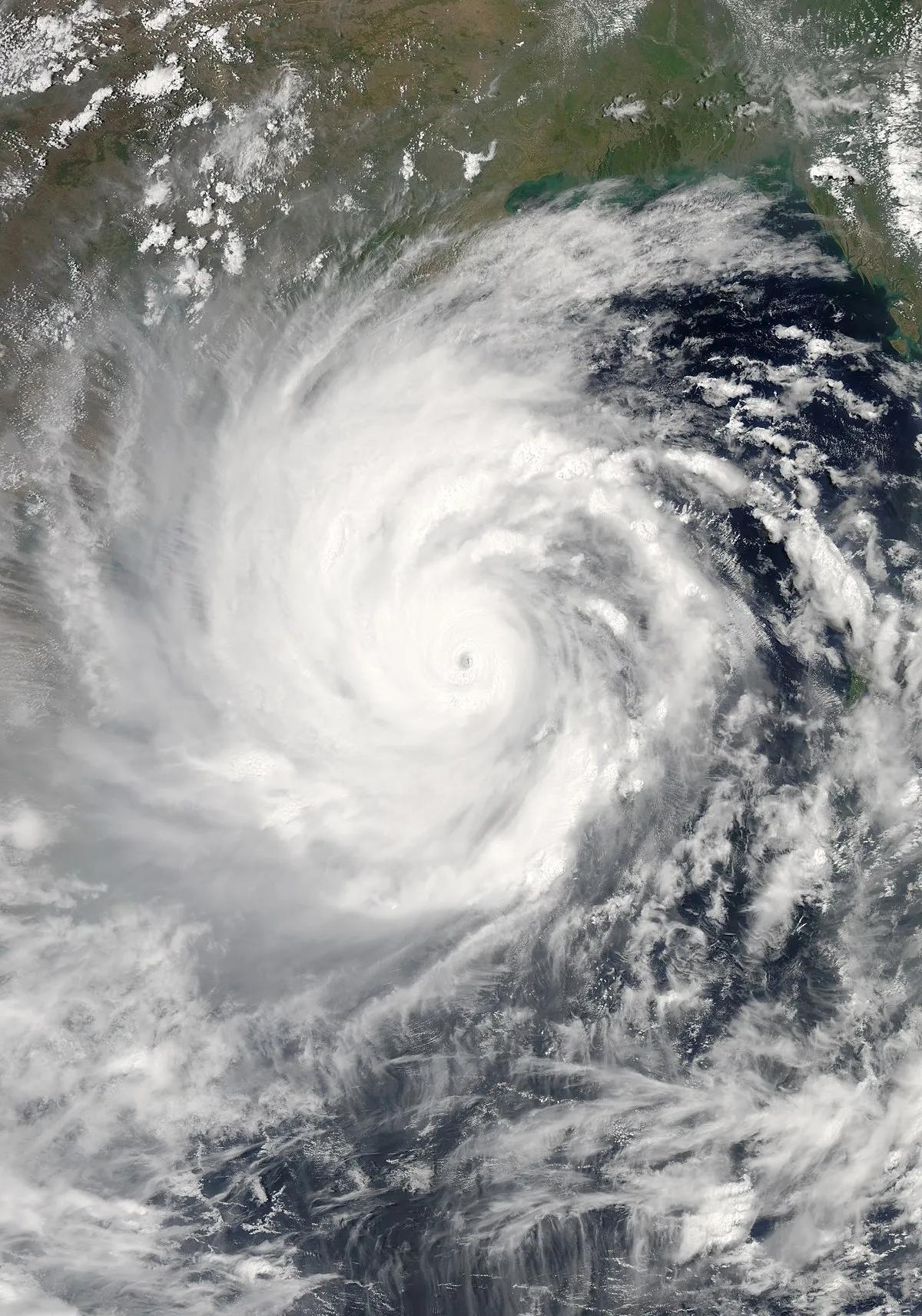New Delhi: Now that the dangers of natural catastrophes to India's coastal residents are once again front and centre because to Biparjoy, we may look back at the most devastating cyclones to strike the country in the last decade.
First, in 2021, there was Cyclone Tauktae, which hit the southern coast of Gujarat as India was fighting off the intense second wave of COVID-19. Maximum sustained winds were measured at 185 kph, making it the "strongest tropical cyclone" to hit the west coast of India in at least two decades, as reported by the US Joint Typhoon Warning Centre.
After brushing the west coast of India, the storm killed more than a hundred people (mostly in Gujarat) and left widespread destruction in Kerala, Karnataka, Goa, and Maharashtra. Amphan made landfall on May 20, 2020, close to the Sundarbans in West Bengal; it was the first super cyclone to form over the Bay of Bengal since Odisha's super cyclone in 1999. With recorded economic losses in India of almost USD 14 billion and 129 fatalities in India and Bangladesh, Amphan was the costliest tropical storm on record in the North Indian Ocean, according to the World Meteorological Organisation (WMO). On May 3, 2019, near Puri in Odisha, Cyclone Fani (2019) made landfall in eastern India with maximum sustained winds of 175 kph. Damage to homes, electricity lines, agricultural fields, communication networks, and water supply systems was extensive, and 64 people lost their lives because of the cyclone's great severity. On December 12, 2016, Cyclone Vardah made landfall in Chennai. It was classified as a catastrophic cyclone. Vardah killed 18, wreaked havoc on infrastructure, uprooted trees, and knocked out power in Chennai and the surrounding districts. People were able to leave dangerous regions more quickly thanks to early warnings and precautionary measures.—Inputs from Agencies

